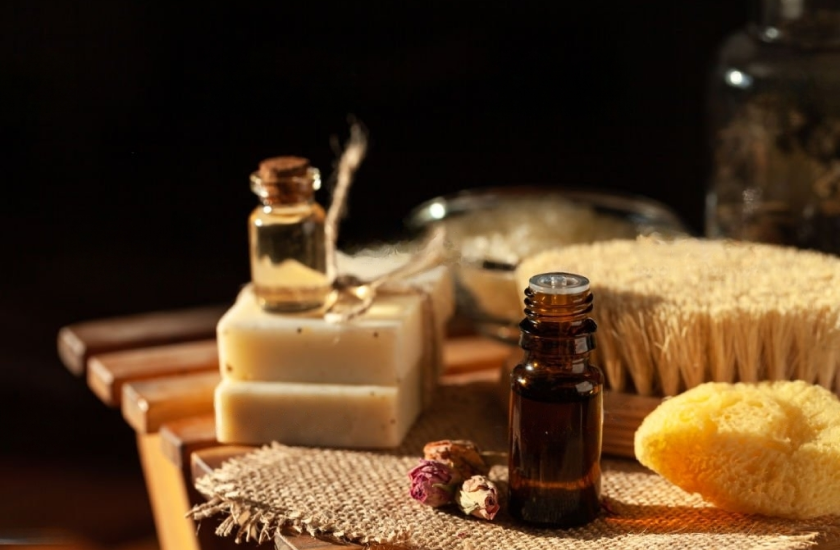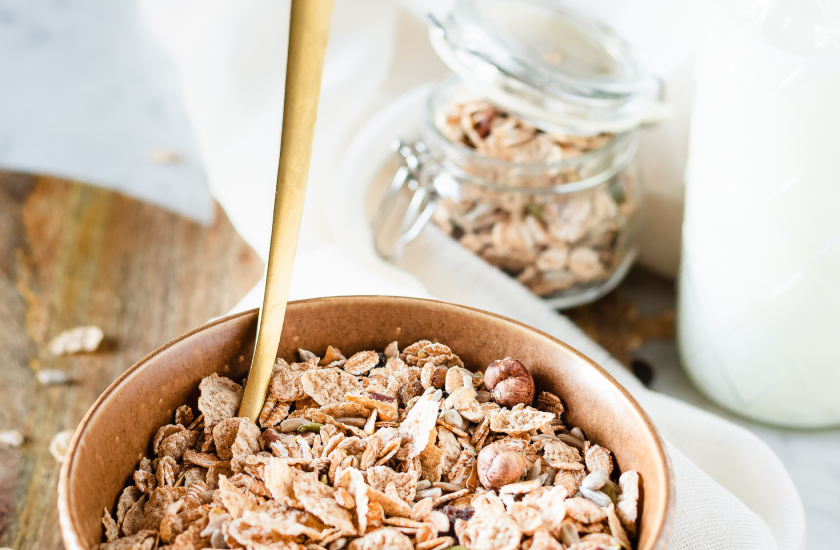Oats
-
Wheat
Wheat
-
Corn
Corn
-
Rice
Rice
-
Soybeans
Soybeans
-
Barley
Barley
-
Sorghum
Sorghum
-
Oats
Oats
-
Millet
Millet
Our Brochures
Contact Us
Social Media


Oats are a healthy cereal because they contain important nutrients, vitamins and minerals. It is also one of the most consumed cereals for a long time, because of its special qualities, both nutritional and energetic, it became the basis of the diet of peoples and civilizations.
Oats Crop characteristics
- Botanical Family: Poaceae or Gramineae.
- Crop Cycle: Spring or winter varieties are available; typically, the crop cycle spans 6 months from planting to harvest.
- Climate: Prefers cool, moist climates. It tolerates frost better than other cereals.
- Soil: Thrives in well-drained, loamy soils with a pH ranging from 6.0 to 7.0.
- Propagation: Through seeding, preferably in cooler seasons to avoid fungal diseases.
- Irrigation: Requires consistent moisture, especially during the growing season, but is also somewhat tolerant to drought.
Varieties
- White Oats: The most common variety, used in a variety of food products.
- Red Oats: Less common but known for its higher fiber content.
- Black Oats: Primarily used as animal feed and for cover cropping to improve soil health.
- Naked Oats: A hull-less variety, known for its higher protein and oil content.
Oats Nutritional Composition (per 100 grams )
- Carbohydrates: A significant source of carbohydrates, primarily in the form of starches.
- Proteins: Contains a decent amount of proteins, including essential amino acids.
- Fiber: High in dietary fibers, including beta-glucans which are known for their cholesterol-lowering effects.
- Vitamins: Rich in B vitamins, vitamin E, and contains small amounts of vitamin K.
- Minerals: A good source of minerals such as phosphorus, iron, magnesium, and zinc.
- Antioxidants: Contains antioxidants like avenanthramides that help reduce inflammation and improve heart health.
Common Use
- Human Consumption: Commonly used in breakfast cereals, oatmeal, and granola, and also used as a flour alternative in baked goods.
- Animal Feed: Utilized as fodder, especially for horses.
- Industrial Uses: Used in the production of cosmetics, skin care products, and also found in pharmaceuticals.
- Beverages: Used in the production of oat milk, a popular dairy alternative.
Places Where It Is Grown
- Europe: Major producers include Russia, Poland, and Finland.
- North America: The United States and Canada are significant contributors to the global oat supply.
- Australia: An important producer with considerable oat cultivation, mainly in the cooler southern regions.
Medicinal Uses
- Digestive Health: Due to its high fiber content, it aids in digestion and helps prevent constipation.
- Heart Health: Beta-glucans in oats can help lower LDL cholesterol and promote heart health.
- Blood Sugar Control: The soluble fiber in oats can help stabilize blood sugar levels, benefiting those with diabetes.
- Skin Health: Used in various skin care products, oat extracts can soothe and hydrate the skin, helping with conditions like eczema and psoriasis.
- Immune System: Can support the immune system, thanks to the presence of selenium and zinc.
